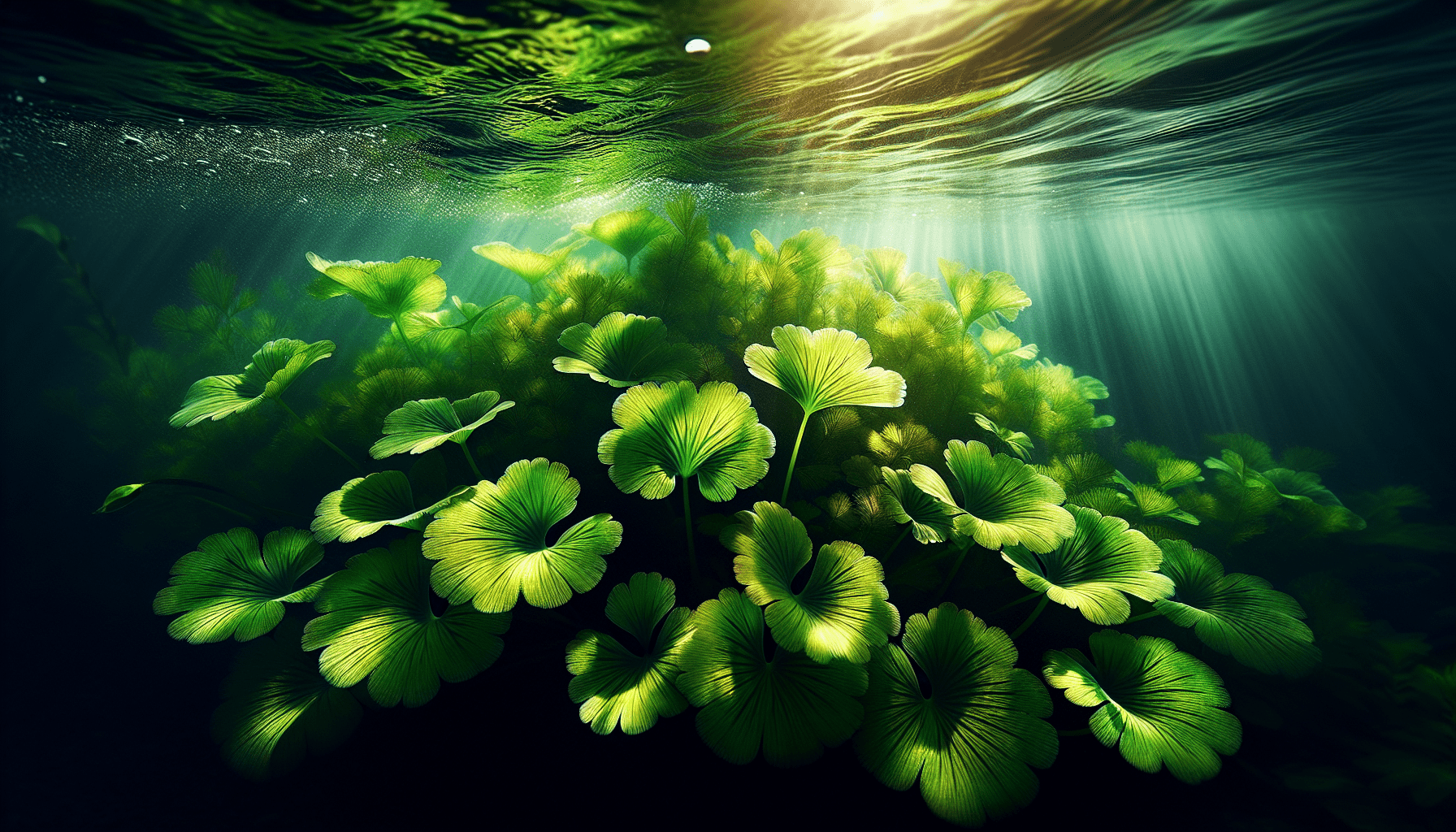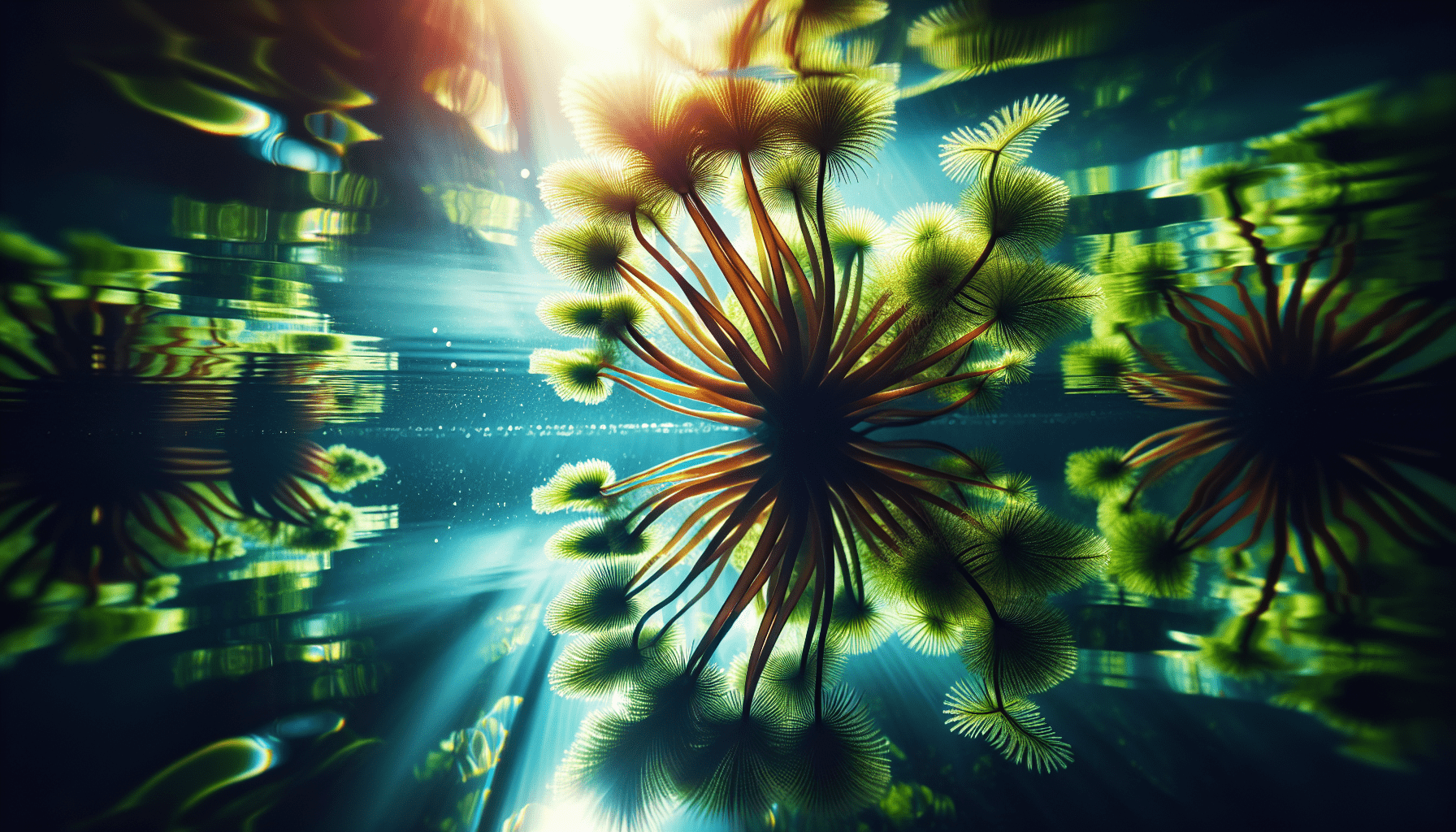In this nuanced exploration, your understanding of the aquatic ecosystem unfolds as your cognizance of the Egeria plant, often referred to as a weed, is enriched. This ubiquitous underwater plant, native to South America but now widespread globally, wields significant ecological influences, both beneficial and detrimental. As our narrative unfolds, you grasp the morphology, physiology, ecological ramifications, and management strategies relating to this subaquatic vegetation. Specifically, this discourse anchors on the Egeria plant’s symbiotic relationships, its proclivity for unbounded proliferation, and the ensuing implications on aquatic biodiversity.

Overview of Egeria Plant
Egeria, an aquatic plant species, belongs to the Hydrocharitaceae family. Known for its submerged perennial nature, it features an erect stem elongated with bright green leaves, establishing a lush underwater environment. Its rapid proliferation and ease of adaptation have globally marked it as an aggressively invasive species.
Originally from South America, Egeria is indigenous to Eastern Brazil, Paraguay, Uruguay and Argentina. However, its distribution has grown widespread, penetrating temperate regions around the globe including North America, Africa, Asia, Oceania and Europe. Predominantly thrives in fresh water bodies such as ponds, lakes, streams, canals, ditches, or slow-flowing rivers, characterizing its wide range of habitat.
Egeria is popularly known by various names emphasizing its characteristics. “Brazilian waterweed” reflects its geographical origin, “large-flower waterweed” accentuates its flowering pattern, while “leafy elodea” underscores its lush foliage.
Morphological Characteristics
Egeria exhibits a unique stem that is cylindrical, branched, and up to 4 meters long. Armed with stiff and sharp hairs, the stem is cloaked by whorls of leaves ranging from four to six in number. Notably, the stem exhibits rapid growth, contributing to its invasive nature.
In terms of leaf morphology, Egeria showcases bright green, sessile leaves growing in whorls of four to six around the stem. Each leaf, pointed at the tip with minutely toothed edges, reaches several centimeters in length.
Egeria recognizes its flowering state immersed underwater. However, its unique flowering system ensures that the flowers bloom above the water surface. The flowers are white and bisexual, emitting a delicate fragrance and attracting pollinators.
Aquatic Habitat Preferences
Egeria prefers water conditions rich in light and nutrients, primarily nitrogen and phosphorus. Its capability to tolerate a wide range of pH and temperature conditions underscores its versatility.
Commonly, Egeria increases its presence in slow-moving or stagnant fresh waters such as rivers, ponds, and lakes. It exhibits a substantial depth range, having the transformative ability to grow in shallow to deep waters.

Life Cycle of Egeria
Egeria manifests high growth and reproduction rates, mainly through vegetative reproduction. A single fragment of the plant is capable of regenerating, making it extremely prolific and difficult to control.
The species reveals distinct seasonal growth patterns, growing vigorously during warm periods and reaching its peak during summer. It follows a combination of vegetative and sexual propagation methods, aiding in the continuity of the species and expansion of its range.
Ecological Impact
Egeria plays a significant role in water ecology, primarily enhancing the quality of water. It reduces turbidity, increases light penetration and oxygen levels, positively affecting other aquatic life residing in the same habitat.
Concurrently, it interacts with native species, often outcompeting them for nutrients and light. Despite providing food and refuge to various aquatic organisms, its unchecked growth leads to significant alterations in the aquatic ecosystems.
Management and Control
Control of Egeria generally involves mechanical, chemical, and biological methods. However, due to its invasive nature and reproduction ability, controlling the plant becomes a challenging task.
Improper management of Egeria could lead to ecological imbalance and dominance over native species thus, careful and effective strategies for its management are critical in preserving aquatic biodiversity.
Egeria’s Role in Aquaculture
Egeria exhibits benefits in fish ponds where it serves as a natural filter, enhances water quality and provides habitat for fish. Its nutritional profile, high in protein content and minerals, contributes positively to the overall health and growth of the fish.
It demands suitable conditions for cultivation, which includes ample sunlight, nutrient-rich water and a temperature range of 10-25 degrees Celsius.
Uses of Egeria Plant
Egeria has gained popularity as a decorative plant in aquariums due to its lush green foliage and the aesthetic touch it gives. Due to its high nutritional content, it is used for nutrient recycling, thus improving the quality of water bodies. Current research expounds possible medicinal uses, associated with its antimicrobial and antiallergic properties.
Threats to Egeria
In spite of its invasive nature, Egeria remains vulnerable to certain pests and diseases. These include the herbivorous chironomid midges, snails, and a specific pathogen, the water mould “Aphanomyces,” which completely destroys the plant.
The impact of climate change, especially global warming, can lead to changes in the aquatic habitats that may pose challenges to its survival. Invasive growth of Egeria, if unchecked, can pose serious threats to the biodiversity of aquatic ecosystems.
Scientific Research on Egeria
Scientific research on Egeria largely circles its invasive nature, unique morphology, reproductive capabilities, and ecological impact. Numerous studies have uncovered significant information related to the plant and its ecosystem.
Dynamic research continues to unravel new aspects of Egeria that not only helps us understand the plant better but also equips us with information to manage its population. Future research can delve into potential therapeutics associated with the plant, its genetic makeup, and more effective strategies for its control.